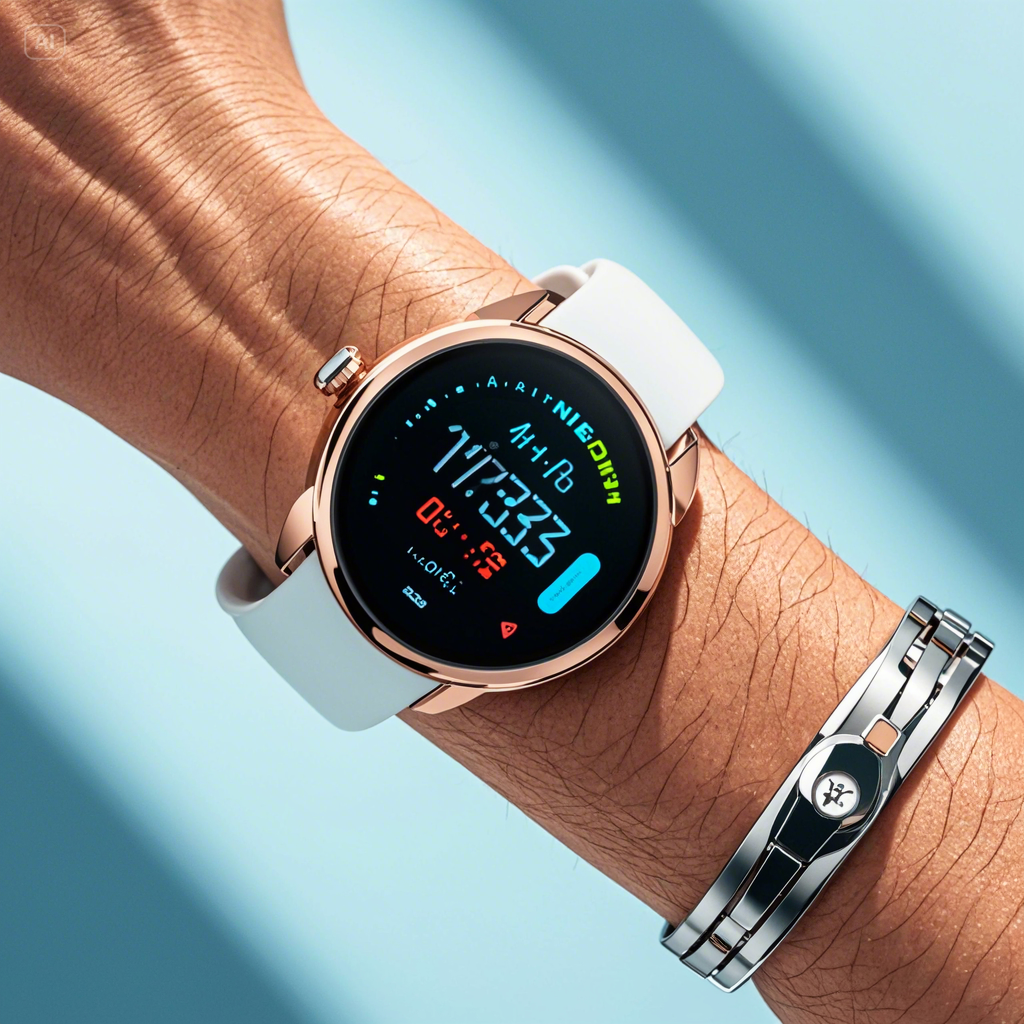
Wearable Health Tech: How Devices Are Revolutionizing Personal Wellness
Introduction: The Future of Health is on Your Wrist
Imagine if your watch could tell you when you're too stressed, your ring could nudge you to sleep better, and your bracelet could warn you about an impending blood sugar spike. Well, welcome to the age of wearable health technology, where managing chronic conditions has never been smarter, sleeker, or more convenient.
For those battling chronic conditions—whether it’s diabetes, hypertension, or anxiety—fitness trackers and other wearable health devices are revolutionizing how we monitor and manage our well-being. But are they truly game-changers, or just fancy step counters? Let’s explore how these devices are reshaping personal wellness and why they might just be the best investment in your health.
How Wearable Fitness Trackers Improve Chronic Condition Management
- Stress Tracking: A Game-Changer for Mental and Physical Health
Stress isn’t just a feeling—it’s a biological response that can wreak havoc on the body, leading to high blood pressure, weight gain, and even worsened diabetes symptoms. Modern fitness trackers now include stress-tracking features using heart rate variability (HRV) to assess when your body is in fight-or-flight mode.
Some devices go a step further by offering guided breathing exercises and mindfulness prompts, helping users proactively manage stress before it leads to more serious health issues.
✅ Wearable Pick: The Fitbit Sense 2 and WHOOP Strap 4.0 offer advanced stress tracking with real-time feedback and mindfulness integrations.
- Fitness Trackers vs. Manual Journaling: The Data Advantage
Traditional health tracking methods like manual journaling are helpful, but let’s be honest—it’s easy to forget to log symptoms, stress levels, or exercise routines. Fitness trackers remove the guesswork by automatically collecting real-time data on movement, heart rate, and even sleep quality.
For individuals managing chronic conditions, this seamless tracking helps spot trends, triggers, and patterns they might not have noticed otherwise. Plus, some devices sync directly with health apps, making it easier to share data with doctors.
✅ Wearable Pick: The Garmin Vivosmart 5 offers continuous heart rate monitoring, sleep tracking, and stress insights in an ultra-lightweight design.
Real-Life Success: How a CGM Helped Reverse Prediabetes
Meet Sarah, a 42-year-old professional diagnosed with prediabetes. Despite her best efforts with diet and exercise, she struggled to understand what truly triggered her blood sugar spikes. That’s when she started using a continuous glucose monitor (CGM).
By tracking her glucose in real-time, Sarah discovered that her "healthy" morning smoothie caused significant blood sugar spikes, while walking after meals helped stabilize her levels. Within months of making personalized adjustments, her blood sugar levels returned to a healthy range—without medication.
✅ Wearable Pick: The Freestyle Libre 3 is a top CGM for real-time blood sugar monitoring without painful finger pricks.
The Privacy Factor: Are Your Health Metrics Safe?
One major concern with wearable health tech is data privacy. Who has access to your health data? How is it stored? Many brands are taking steps to ensure encryption and user control over data, but it’s important to review privacy policies before choosing a device.
✅ Pro Tip: If privacy is a top concern, look for wearables with offline mode and customizable data-sharing settings like the Oura Ring Gen 3.
Conclusion: Is a Wearable Right for You?
For those managing chronic conditions, wearable health tech offers a convenient, data-driven way to take control of well-being. Whether you’re looking to reduce stress, track blood sugar, or optimize your workouts, there’s a device that fits your needs.
So, is it time to upgrade your health routine? Explore the best health wearables for your needs and step into a future where managing wellness is just a wrist tap away.
